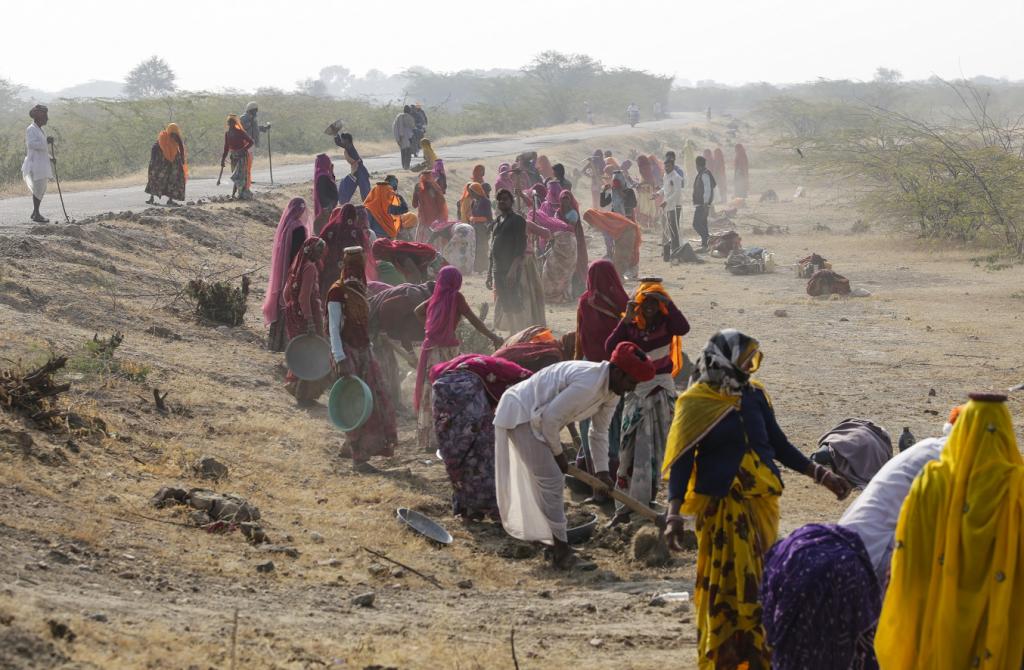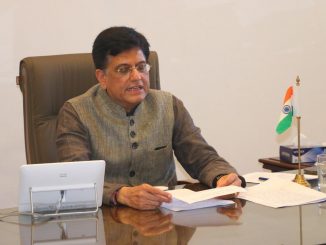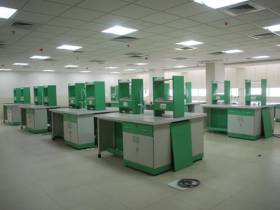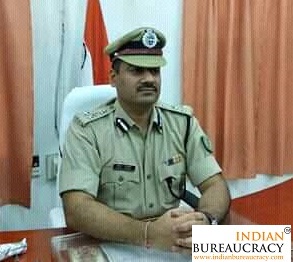
Over the last five years, MGNREGA has become the main force that is driving water conservation efforts all across rural India. The scheme has now evolved from being merely a mitigator of rural distress into focused campaign to raise rural incomes through Natural Resource Management (NRM) works. In 2014, the amendment to MGNREGA Schedule-I was done which mandates that at least 60% expenditure will be on agriculture and allied activities was done. Consequently, a list of permissible works under the Act now has nearly 75% activities that directly improve the water security and water conservation efforts.
The expenditure on NRM work expenditure has been rising in a sustained manner over the last five years. The NRM Expenditure under MGNREGS over the 5 years (FY 2014-2019) is as under:-
(Source: www.nrega.nic.in)
Approximately 60% of the resources are spent on Natural Resource Management (NRM). The NRM works are focused on ensuring higher incomes to farmers by improving both the area under cultivation and yield of crops. This is done by improving the productivity of land and increasing the water availability. The major works taken up under NRM include check dam, ponds, renovation of traditional water bodies, land development, embankment, field bunds, field channels, plantations, contour trenches etc. During the last 5 years 143 lakh hectares of land benefitted through these interventions.
The following table shows the progress of major NRM works over the last five years:
Major NRM Assets created under MGNREGS
(As on 31/03/2019)
SL. No.
Asset Type
Completed since 1st April 2014
1
Ponds
20,03,744
2
Dug Well
5,14,284
3
Check Dam
5,22,645
4
Embankment
2,02,125
5
Farm Pond
18,10,754
6
Vermi/ NADEP Compost Pit**
10,53,227
7
Soak Pit**
4,84,020
**Community/ Individual Assets
On the technical side, while money was being spent on Water Conservation works, the technical training of the staff was inadequate and often many structures were created which did not give the expected outcomes. It is for this reason that the Mission Water Conservation Guideline were drawn up in partnership with the Ministry of Water Resources, River Development & Ganga Rejuvenation and Department of Land Resources to focus on the dark and grey blocks where the ground water level was falling rapidly. This partnership allowed us to avail the technical knowledge of engineers, scientists from Central Ground Water Board to build a robust technical manual and implement capacity development programme for the frontline workers.
The MGNREGA has been working in convergence with various States in implementing schemes tailor made for the area. The NRM works comprise of a complete tool kit to tackle the problem of water conservation. The list of activities are so designed that it suits the varying requirements of the States according to their topography. This has resulted in many of the States pooling their own resources along with MGNREGA funds to take up water conservation works with a lot of enthusiasm. The effort has been to involve the community in planning and implementation efforts. However, the individual beneficiaries have also been roped in to meet their requirements. The community is responsible for selection of works, selection of beneficiaries and the maintenance of assets.
The funds of MGNREGA, dovetailed with State funds have led to the following very successful state level schemes:
SL.No
SCHEME NAME
STATE
1.
Mukhyamantri Jal Swavalamban Abhiyan
Rajasthan
2.
Jalyukta Shivar Abiyaan
Maharashtra
3.
Dobha or Farm Ponds construction
Jharkhand
4.
Neeru Chettu
Andhra Pradesh
5.
Kapil Dhara
Madhya Pradesh
6.
Bore Well Recharge
Karnataka
7.
Usar Mukti
West Bengal
These schemes have been successfully implemented in nearly 50,000 villages across the states. The Jalyukta Shivar Abiyaan in Maharashtra has impacted 22,590 villages, while Mukhyamantri Jal Swavlamban Yojana has been very successful across 12,056 villages in Rajasthan. Independent evaluation in Rajasthan and Maharashtra have shown increase in ground water level by 1.5 meters to 2 meters, increase in water storage capacity, increase in cropping intensity by 1.25 to 1.5 times, a dramatic reduction in expenditure on water tankers and a rejuvenation of defunct hand pumps, tube wells and open wells. These villages will also be visited by NIRD team to assess the quality of water conservation works. The Ministry is putting up the complete list of such villages with documentation and write-up on the website and requests the citizens to visit and see the ground situation. The Ministry is planning to award civil society and community leaders, who have made this possible on 2nd October, 2019.
The Institute of Economic Growth (IEG), Delhi in January, 2018 conducted a national evaluation of Natural Resource Management (NRM) works under MGNREGS and its impact on sustainable livelihoods. While carrying out national evaluation, the study found increase in productivity, incomes fodder availability, acreage, and even rise in water table on account of the NRM works.
IEG MGNREGS Study 2018
Income of HH from different sources before and after assets creation (Rs ’000)
IEG Study % of HH benefiting from increase in water table
Change in Agricultural Productivity (%) of Surveyed HH due to the creation of asset
Various other studies reported that MGNREGS works have helped built the resilience of rural communities through its water related works. MGNREGS continues to be agile in adopting the latest available technology to improve the planning, implementation, monitoring and reporting on the public expenditure it incurs every year, and in the process, support government’s efforts towards a water secure India.
The Government of India (GoI) has created a new Ministry of Jal Shakti to allow faster decision making on all subjects related to water. On 1st July, 2019 the GoI has launched the ambitious Jal Shakti Abhiyan (JSA) across 256 districts covering 1593 water stress blocks with a focus on water conservation and rain water harvesting. The effort will be to make water conservation a “mass movement” like Swachhata Abhiyan in the country MGNREGA is a key partner in the JSA and is committed to make it a success







Leave a Reply
You must be logged in to post a comment.